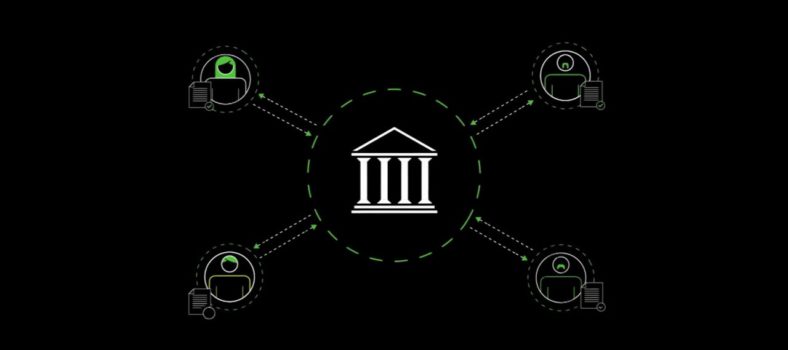 By Gord Jamieson
By Gord Jamieson
The world is becoming hyperconnected with the rise in the number of smart devices. This is driven in part by the growing comfort and habit among consumers with making purchases on their phones, tablets, computers and Internet of Things (IoT) devices. In fact, industry analysts predict there could be more than 21 billion connected devices on the edge of the Visa network by 20201.
This hyper-connectivity is creating new ways to pay, such as wearable gloves for athletes to pay at the Olympics or the connected cars that pay at the pump. The trend is speeding towards an interconnected shopping experience. And Canadians are embracing a connected life. Let’s look at a trip to Vancouver. You can make an airline and hotel reservation through your virtual assistant, take an Uber ride to the airport, order a coffee there through an app for pick up, and when you arrive you tap your credit card to pay for a fast ride on the Canada Line rapid transit.
Moreover, Payments Canada is developing a modern payments system that will provide new opportunities to simplify and enhance Canadians’ daily payment interactions and help secure and strengthen Canada’s competitive position as a global leader in financial services. Through its Modernization initiative a modern payments infrastructure, designed for tomorrow’s digital world, will introduce new opportunities to simplify and enhance everyday payment interactions, securely and safely.
Need for confidence and security
With this transition there is a need to keep the payments networks secure and consumer confidence high. This means we need to take a deep look at the rise of the card-not-present (CNP) channel, which represents transactions that occur when the cards are physically not presented to the merchants and are usually conducted virtually.
The biggest challenge in the CNP channel is authentication. In the card-present (CP) space, it’s simple: a chip card presented at the terminal is authenticated by a unique cryptogram and the cardholder entering a PIN. But in the virtual world, the merchant is not face-to-face with the consumer, thereby removing the option for a cardholder to enter a PIN and creating the need for other ways to authenticate the individual making the purchase.
New methods and solutions
The payment industry is way ahead of this trend. It will soon be introducing new advanced risk-based decision-making for e-commerce to authenticate purchases in the CNP space by using updated standards from EMV® 3D-Secure. It will enable financial institutions to better assess whether transactions are legitimate or fraudulent. It accomplishes this by examining ten times more risk factors than before, such as browser and device types, location of transactions and the security of merchants’ point of sale (POS) devices to help decide whether step-up authentications are required.
Digital tokens are another powerful tool to secure digital payments. It replaces the transmission of actual payment card numbers so if a POS system, mobile device, mobile application or network connection is compromised, payment card numbers are safe since they are not exposed.
The Visa Token Service recently expanded its partnership with Netflix and it added 20 new partners bringing the total to 60 partners around the world. The expansion means that Visa-accepting merchants will no longer have to store sensitive data, like primary account numbers, thus greatly reducing risk for people who store their card information on mobile devices, mobile apps or online with e-commerce merchants. Instead, merchants will now be able to mask their customers’ primary account numbers with tokens, which are protected by restrictions that render them useless to fraudsters if they were ever to be compromised.
In addition, Canadian companies that facilitate digital payments will likely layer 3DS 2.0 with other advanced analytics technologies like artificial intelligence (AI), similar to what Visa is doing. Visa uses AI technology, called Visa Advanced Authorization, to analyze up to 500 unique risk attributes in a millisecond, searching for fraud the moment a payment is initiated. The AI algorithm assesses these attributes to produce a score of the transaction’s predicted fraud probability and relays the score to the cardholder’s financial institution for them to decide to either approve or decline the transaction. This process is repeated up to 32,500 times per second, with Visa’s AI analyzing more than six billion pieces of data every day.
Canada, through the efforts of Payments Canada and its Modernization initiative, is leading the way for securing modern payment methods. As CNP commerce becomes more commonplace, it will be important to tackle fraud using all the best tools that will enable the consumer and merchants to feel safe with each transaction. At Visa we continue to invest in new technologies to stay ahead of where Canadians’ purchasing trends are going to ensure each is transaction secure.
Gord Jamieson is head of Visa Canada risk services.
1 Gartner, “Gartner Says 8.4 Billion Connected ‘Things’ Will Be in Use in 2017, Up 31 Percent From 2016”, press release, February 7, 2017.




